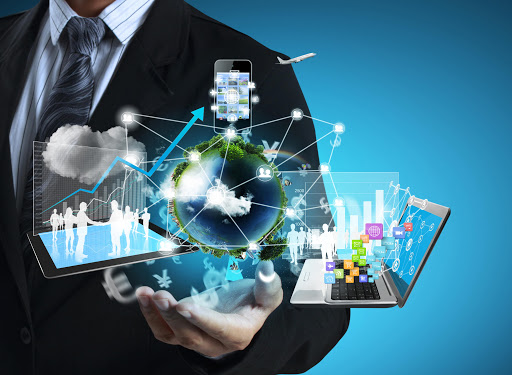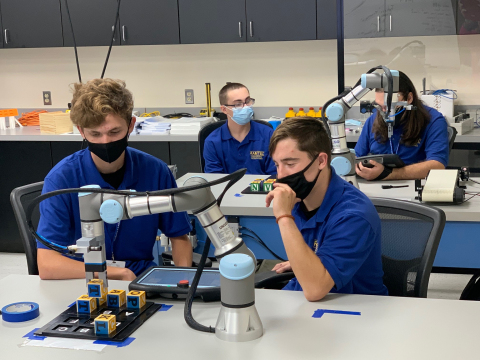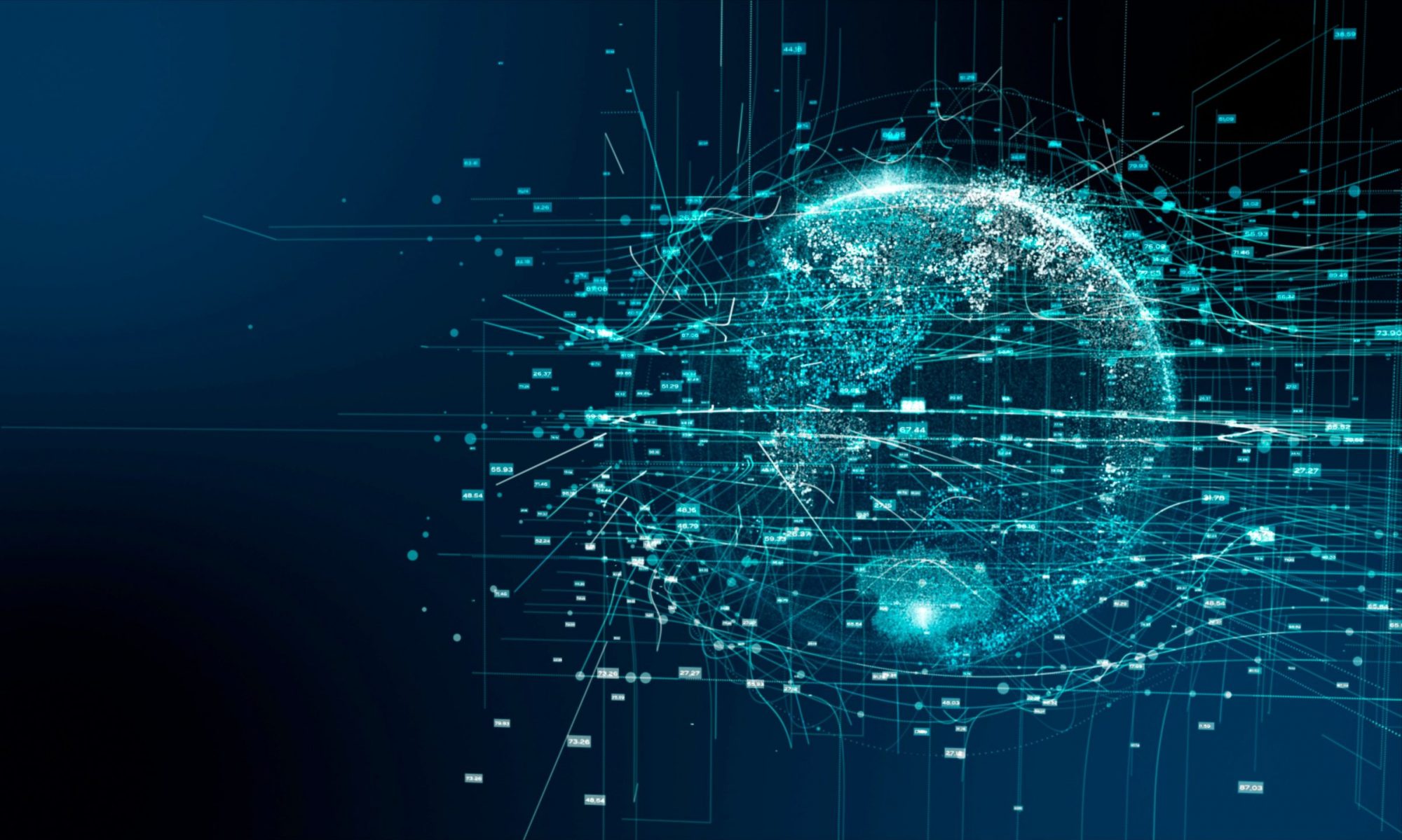Strategies to Leverage Learnings Related to Personal and Professional Goals
Concerning an individual’s personal and professional goals, education can bolster new opportunities, such as jobs, which give way to a sense of motivation.  A person’s education can be seen as the strategy that develops these goals that further allows innovations to thrive, possibly into career opportunities or even into environmental movements, like tackling climate change. By focusing on the strategies in which an individual can leverage learning, we can better predict the impact of robotics in the future and how its influence can more greatly impact other types of automation and AI-backed technologies. Because different areas are heavily focused on individuals, households, companies, and various countries, there are significant increases in the number of robotic elements implemented into society, these areas are going to cause individuals to start to look more closely at the approaches and put emphasis on key areas and domains.
A person’s education can be seen as the strategy that develops these goals that further allows innovations to thrive, possibly into career opportunities or even into environmental movements, like tackling climate change. By focusing on the strategies in which an individual can leverage learning, we can better predict the impact of robotics in the future and how its influence can more greatly impact other types of automation and AI-backed technologies. Because different areas are heavily focused on individuals, households, companies, and various countries, there are significant increases in the number of robotic elements implemented into society, these areas are going to cause individuals to start to look more closely at the approaches and put emphasis on key areas and domains.
One of the most dominant aspects in these sectors is how children at such young ages are being exposed to automation and robotic technologies. Because of this, those young individuals who are used to using basic technologies now, like iPads or computers, will be able to adapt to the influence more easily whether it be due to societal, political, economic, etc. factors as well as strengthen their technological goals in the future. As some maybe argue that technological strategies make children more unwilling to socialize with others, one of the negative drawbacks of engaging young individuals at an early stage in their life, the other implications dive in on how these children are going to pioneer these key technologies and be able to adapt to the shifts happening all over the world. Those individuals at a young age will additionally focus on how to improve their goals which in the future will become suited on the improvements of various technological fields. Although we already see in schools the impact of automation and robotics, we are going to see a greater impact within the next 5 years.  Robotic clubs are currently in high schools, but how long will this start to become implemented into the actual curriculum? Within the next 10 years, there is going to be an absolute need within the younger generations to become pioneers surrounding technology and robotics, so curriculums are going to need to be more easily adaptable to the world around us. Graduates of high school and college are not just going to need to know the most basic forms of technology anymore; a heavier understanding now is being demanded. Schools will have to learn to shift their learning goals to understand how to prepare students for future career paths. Individuals are using strategies surrounding robotics to land more job opportunities, even with a robot job recruiter. With all these aspects in mind, future generations could understand how to better solve issues around the world and use robotics to do so.
Robotic clubs are currently in high schools, but how long will this start to become implemented into the actual curriculum? Within the next 10 years, there is going to be an absolute need within the younger generations to become pioneers surrounding technology and robotics, so curriculums are going to need to be more easily adaptable to the world around us. Graduates of high school and college are not just going to need to know the most basic forms of technology anymore; a heavier understanding now is being demanded. Schools will have to learn to shift their learning goals to understand how to prepare students for future career paths. Individuals are using strategies surrounding robotics to land more job opportunities, even with a robot job recruiter. With all these aspects in mind, future generations could understand how to better solve issues around the world and use robotics to do so.
There is also a shift occurring between what constitutes a classroom setting and how it is beneficial to those students who are learning in it. In parts of the Middle East and Africa, education technology and smart classroom markets are estimated to grow to Dh26 billion ($7.1bn) by 2027, with one of the greater factors pushing this being the recent coronavirus pandemic. Each year, the increase in dollars is expected to be steady in these areas, which might be surprising for some who have not reached technologies. These shifts in the classrooms and the learning dynamics allow for individuals to become more technologically literate during this new era and environmental call for change. As more people focus on becoming technologically literate, they will be forced to become more robotically literate; this will introduce a multitude of goals, both personally and professionally.

As the societal influence of robotics enhances the awareness concerning this topic, the environmental features, especially with the large focus on climate change. As we have seen, robotics has been used to detect climate change all over the globe, especially in the Artic, to detect the rising and changing temperatures. Tahiya Salam, a researcher at the University of Pennsylvania that has been using robotics to conduct studies regarding climate change stated, “In my next studies, I will continue investigating techniques that connect global dynamics and machine learning in more general frameworks.” She also said that she was interested in seeing global dynamics of arbitrary environments from sensor measurements collected by robots, which indicates how learning is being leveraged in Universities regarding robotics.
Through the reinvention of technologies to make improvements, we constantly can leverage learning to focus on personal and professional goals. Therefore, strategies aim to help integrate the decision-making process around the topic of robotics because of the various advancements that have emerged.

